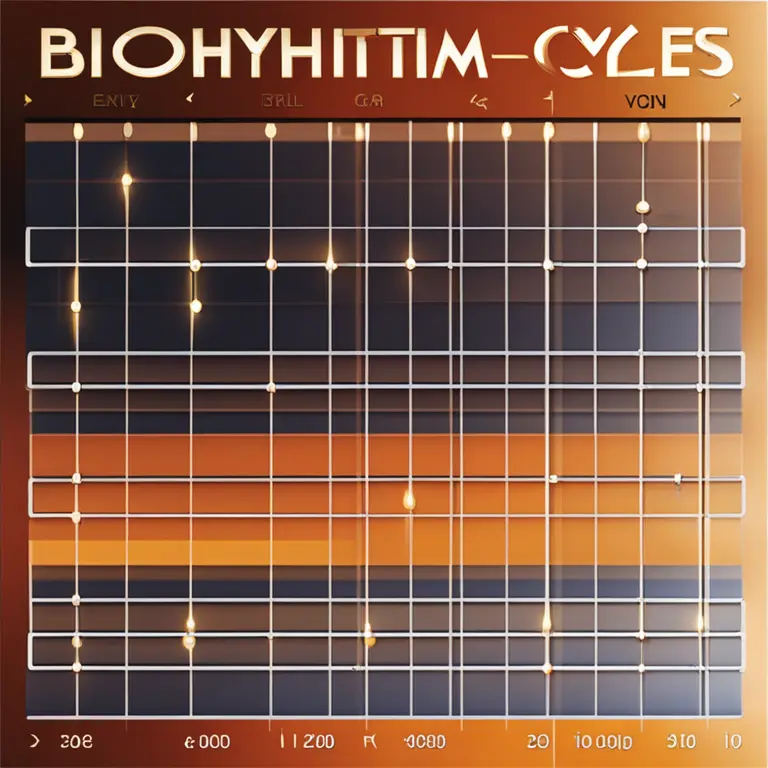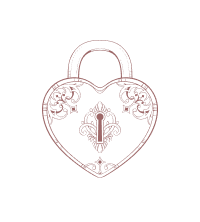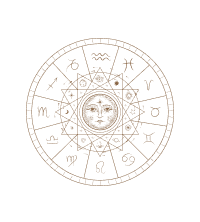
Biorhythm Cycles Mathematics: Syncing Life with Natural Rhythms
Delve into the mathematics of biorhythm cycles and learn how they aim to predict life’s highs and lows in alignment with our natural rhythms.
article by Adrian Wallace
An Introduction to Biorhythms
The concept of biorhythms is based on the idea that our lives are influenced by natural mathematical cycles. Allegedly, these cycles affect our physical, emotional, and intellectual well-being, giving us the ability to predict our good and bad days. Biorhythms are not supported by scientific evidence, yet they have intrigued humans for generations, offering a unique perspective on personal rhythm management. The biorhythm theory was popularized in the late 19th century and has since seen various iterations and uses in personal planning and wellness trends.

The Core Cycles of Biorhythm Theory
At the heart of biorhythm theory, there are three primary cycles: the 23-day Physical cycle, the 28-day Emotional cycle, and the 33-day Intellectual cycle. Each cycle starts from the moment of birth and oscillates in a sine wave pattern throughout a person's life. The Physical cycle is thought to influence things like stamina, strength, and physical condition. The Emotional cycle ostensibly affects mood, feelings, and creativity. Lastly, the Intellectual cycle is associated with mental agility, learning, and reasoning capabilities.

Calculating Biorhythm Cycles
The math behind biorhythms is relatively simple and utilizes sine functions to represent the fluctuation of each cycle. To calculate one's personal biorhythm cycle, you take the number of days since birth and divide it by the cycle's period (23 for Physical, 28 for Emotional, or 33 for Intellectual), keeping only the remainder. This value is then plugged into a sine function to determine the person's status in that cycle, which ranges from positive, to neutral, to negative phases.

Critique and Modern Views on Biorhythms
Despite the appeal of biorhythms, there is substantial skepticism and lack of empirical support in the scientific community. Critics argue that biorhythms are pseudoscience, lacking the rigor and reproducibility of legitimate scientific theories. In 2024 and beyond, these cycles are mostly seen as a tool for self-reflection rather than a prophetic system. Instead of making definitive predictions, they encourage individuals to consider possible fluctuations in their performance and mood.

Applications of Biorhythm Cycles
Though controversial, biorhythm cycles have found their place in various applications. Some people use them for personal development, aiming to synchronize their activities with their predicted cycles. Compatibility assessments for relationships and team dynamics have also included biorhythm calculations, though it should be taken with caution. In the realm of entertainment and online platforms, biorhythm calculators serve as an intriguing curiosity to explore one's supposed natural rhythms.
Integrating Biorhythms into Daily Life
For those who choose to engage with biorhythms, integrating this concept into daily life can be as simple as accessing an online calculator or app that automates the mathematical process. While it's unlikely that biorhythms will ever be seen as a science, they can offer a personalized introspective tool for those looking to add an unconventional layer to personal planning and self-awareness practices.
Published: 1/25/2024
Modified: 1/25/2024
More predictions
Come back here soon to learn more about yourself and your future


The Basis of Biorhythms: An Insight into Biological Cycles
Delve into the concept of biorhythms, the belief in rhythmic biological processes that purportedly influence human physiology and behavior.


The Basis of Biorhythms: Biological Cycles Explored
Delve into the foundations of biorhythms and discover how these natural cycles influence our daily lives and well-being.


The Biorhythm Debate: Effective Insight or Myth?
Discover the realities behind biorhythms, how they're calculated, and their impact on daily life. Can these biological cycles truly predict our physical, emotional, and intellectual states?